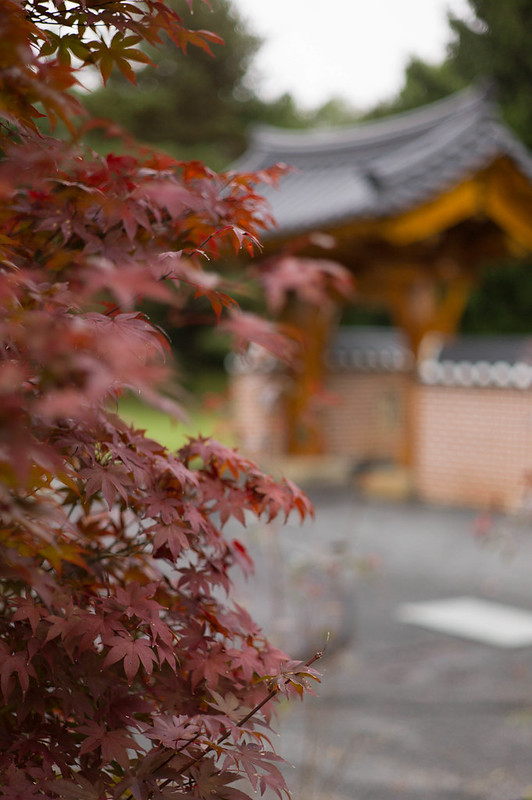Not All That Matters Is Sharp, by Reed A. George
Leica M9, Leica Summicron 50mm f2 v.3 Lens
iso 400, f2.8, 1/3000 sec.
Lens geeks, especially Leica lens geeks, frequently discuss "bokeh." Apparently, bokeh is a Japanese word for "out of focus" areas in an image. The lens design, including the number and shape of the aperture blades, has a lot to do with how "pleasing" a given lens' bokeh will be. In general, more aperture blades, and rounded edges, yield smoother bokeh.
The Summicron is known for beautiful bokeh. In fact, I believe it was Mike Johnston who decided that the 35mm Summicron version 4 lens is the "king of bokeh." At any rate, you should expect a lot from any Summicron in this area.
In the shot above, I exposed the tree at f2.8, making for very shallow depth of field, on purpose. The combination of a wide aperture and close focus makes for lots of bokeh. To me, the structure in the back is as important as the tree leaves. It gives a strong sense of the context of the image. The red maple leaves go along with the Asian style structure. Neither element would be as strong without the other.
People argue about bokeh - what is pleasing, which lenses have the best. I've noticed that the bokeh from some of my cheaper lenses is as nice as higher end lenses. In fact, I've seen quite nice bokeh from very cheap lenses, with few (four) aperture blades. So, I'm not saying you need a Summicron to get beautiful bokeh. I am saying that bokeh can be important to conveying what you want with an image.
DMC-365.blogspot.com

No comments:
Post a Comment